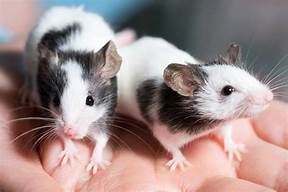How PET Plastic is Made
Polyethylene terephthalate (PET) is a versatile type of plastic used for a variety of applications, including food and beverage containers, clothing, and carpeting. It is also commonly referred to as PETE. The process of making PET plastic is relatively complex, but here are the general steps involved:

1. Raw Material Preparation
The first step is to prepare the raw materials, which include:
1. Terephthalic acid (PTA): This is typically produced by oxidizing paraxylene, which is a hydrocarbon derived from crude oil.
2. Ethylene glycol (EG): This is a colorless, odorless liquid derived from natural gas or petroleum.
3. Catalysts: These are chemical compounds that help speed up and control the polymerization reaction.
2. Esterification
The PTA and EG are heated in the presence of a catalyst to form bis(2-hydroxyethyl) terephthalate (BHET). This reaction is known as esterification.
3. Polymerization
The BHET is then polymerized to form polyethylene terephthalate (PET). This is done by heating the BHET in the presence of a catalyst and a small amount of water.
4. Purification
The PET is then purified to remove any impurities or residual catalysts. This is done by washing the PET with water and drying it.
5. Additives
Additives may be added to the PET at this stage to improve its properties, such as color, clarity, and strength. Common additives include:
1. Antioxidants: These help prevent the PET from degrading when exposed to heat or light.
2. Plasticizers: These help make the PET more flexible.
3. Flame retardants: These help prevent the PET from catching fire.
4. Colorants: These are used to give the PET a specific color.
6. Shaping
The PET is then melted and shaped into the desired form. This is done by using a variety of techniques, such as injection molding, blow molding, and extrusion.
7. Finishing
The final step is to finish the PET product by trimming, decorating, and packaging it.
Declaration: All article resources on this website, unless otherwise specified or labeled, are collected from online resources. If the content on this website infringes on the legitimate rights and interests of the original author, you can contact this website to delete it.





